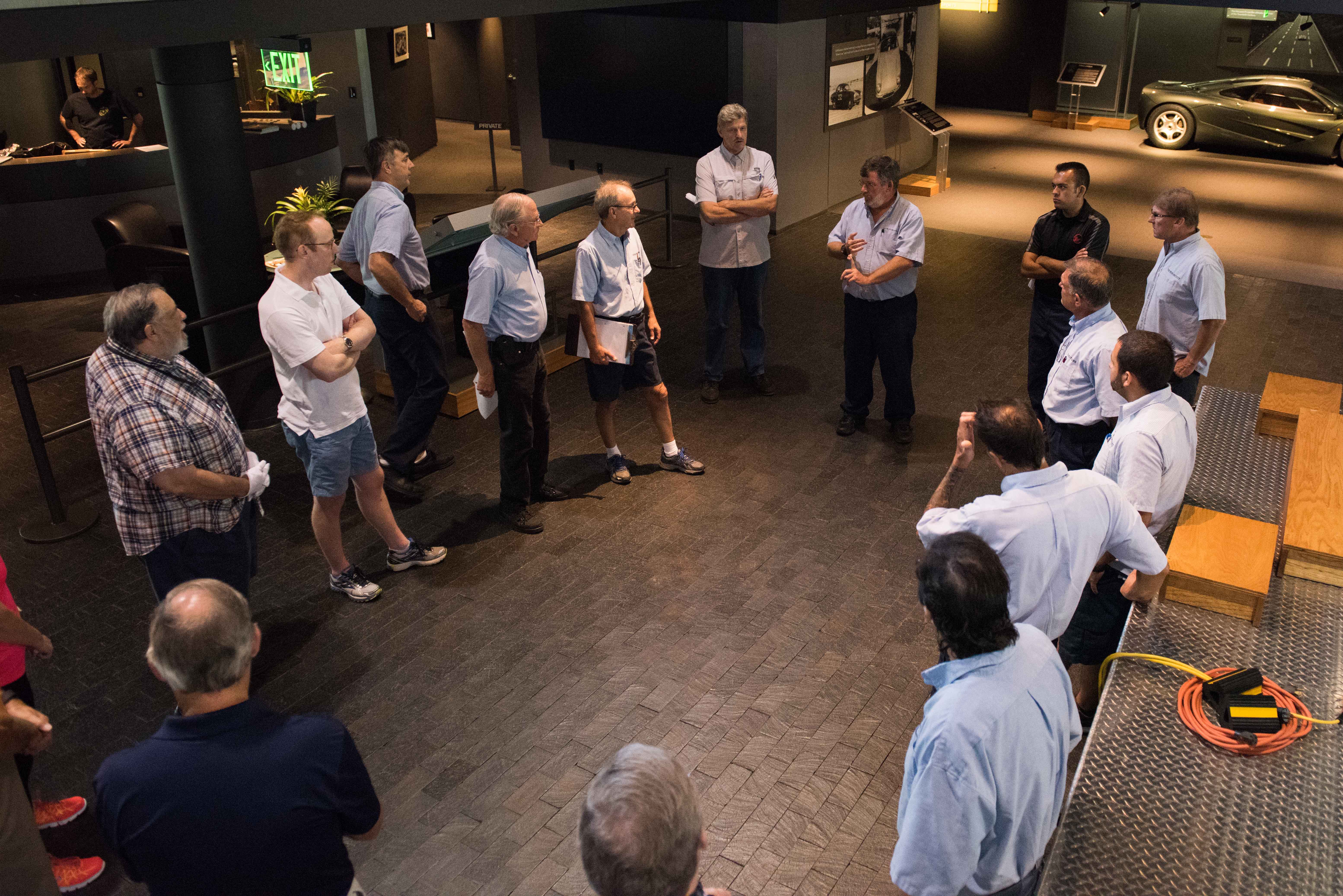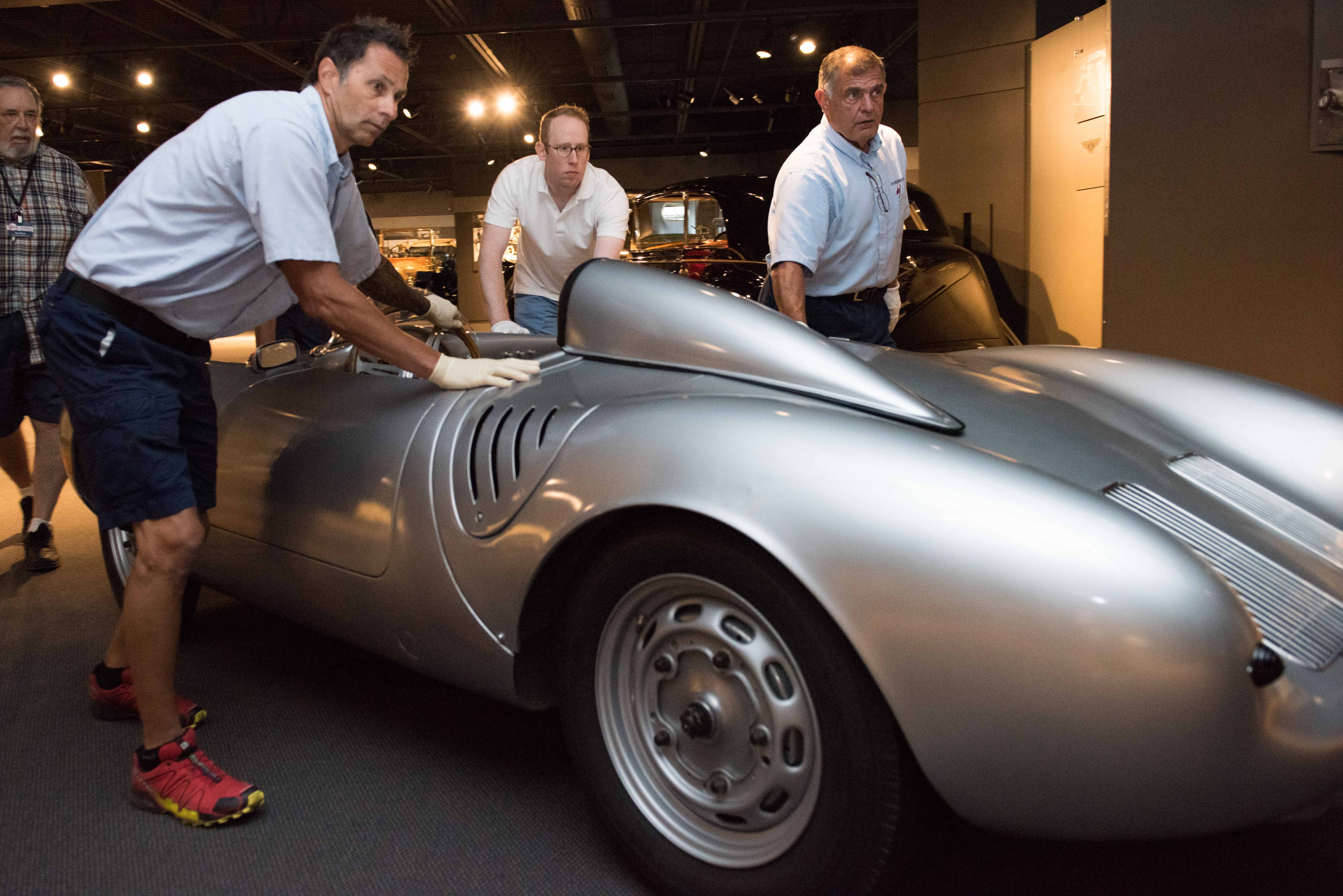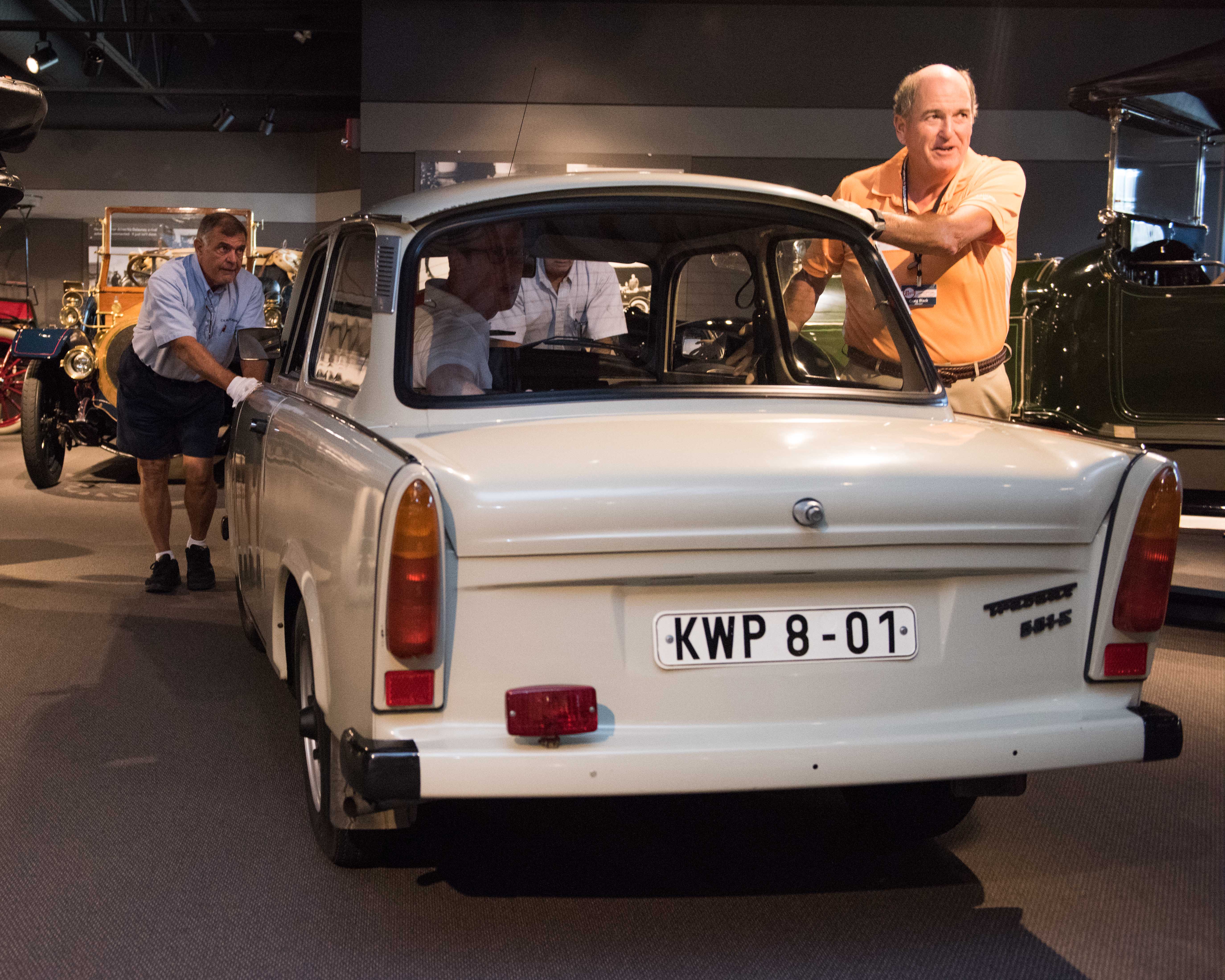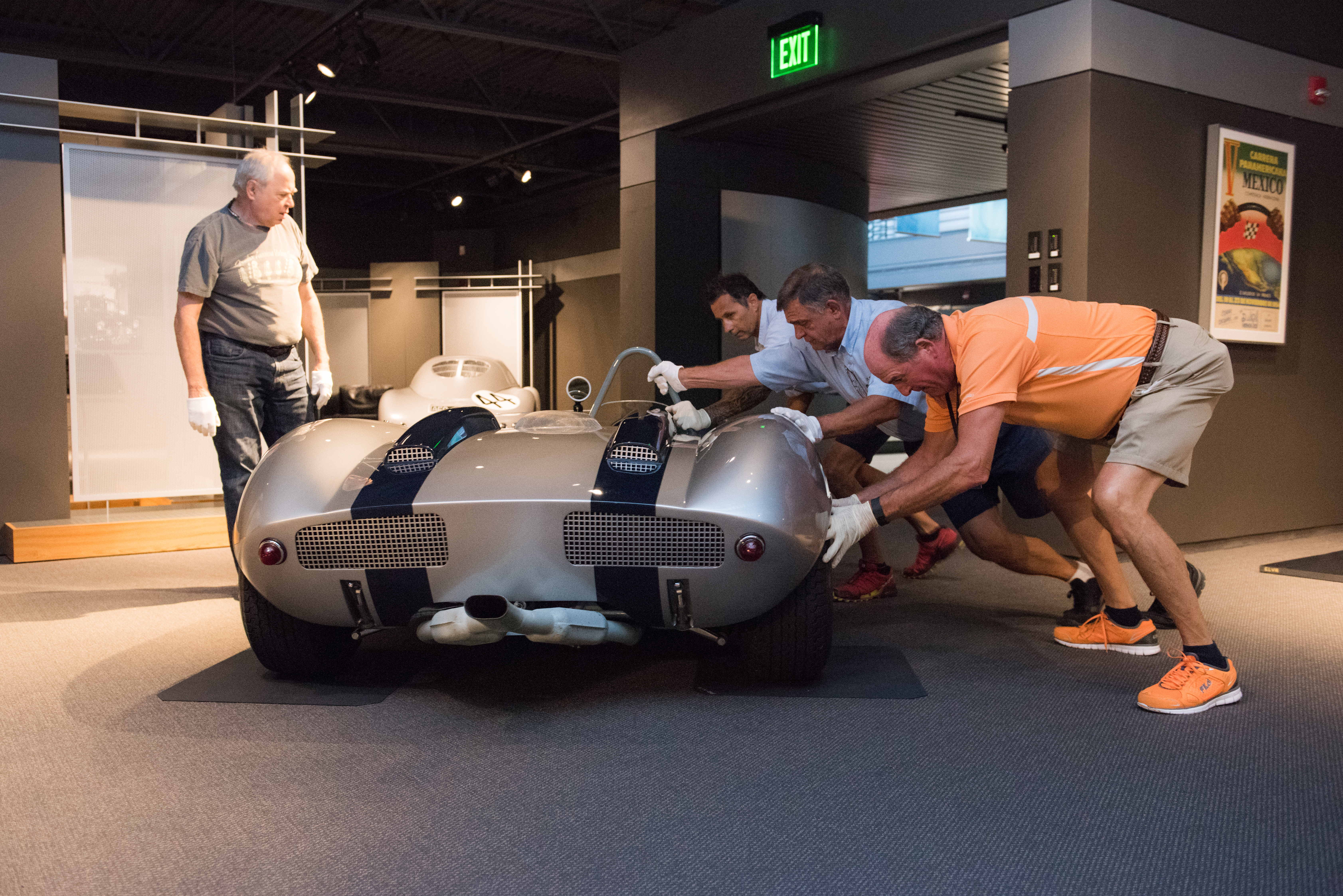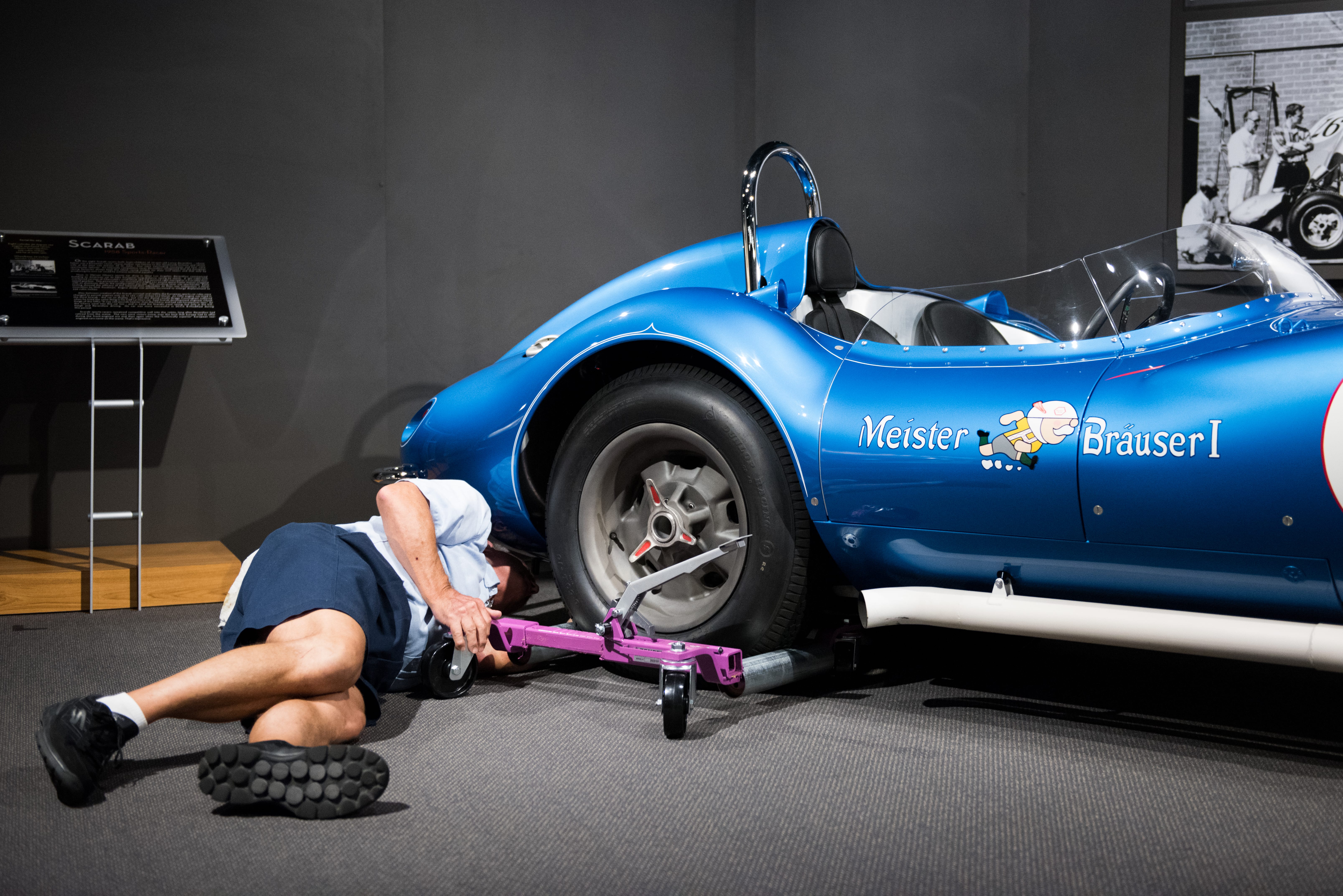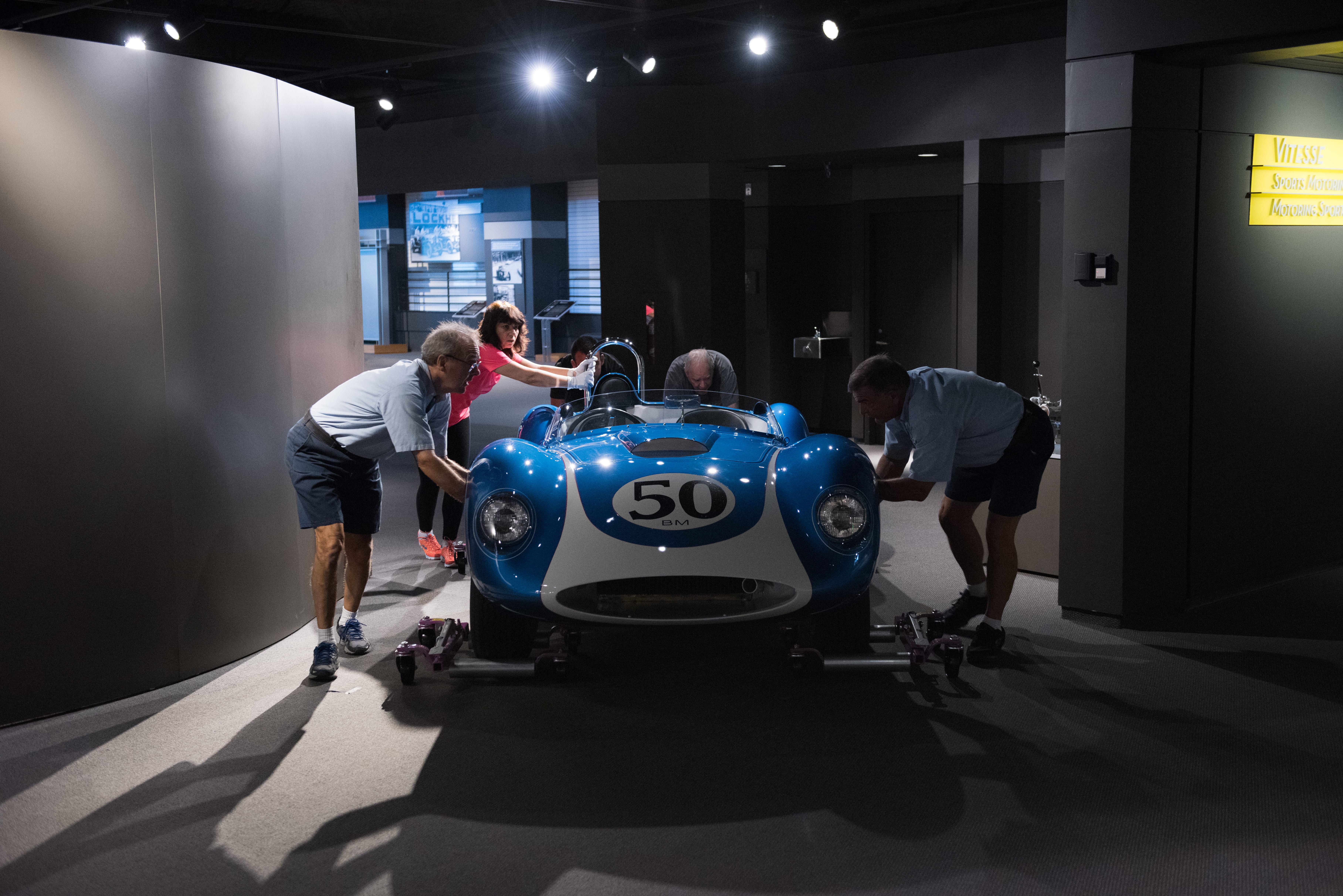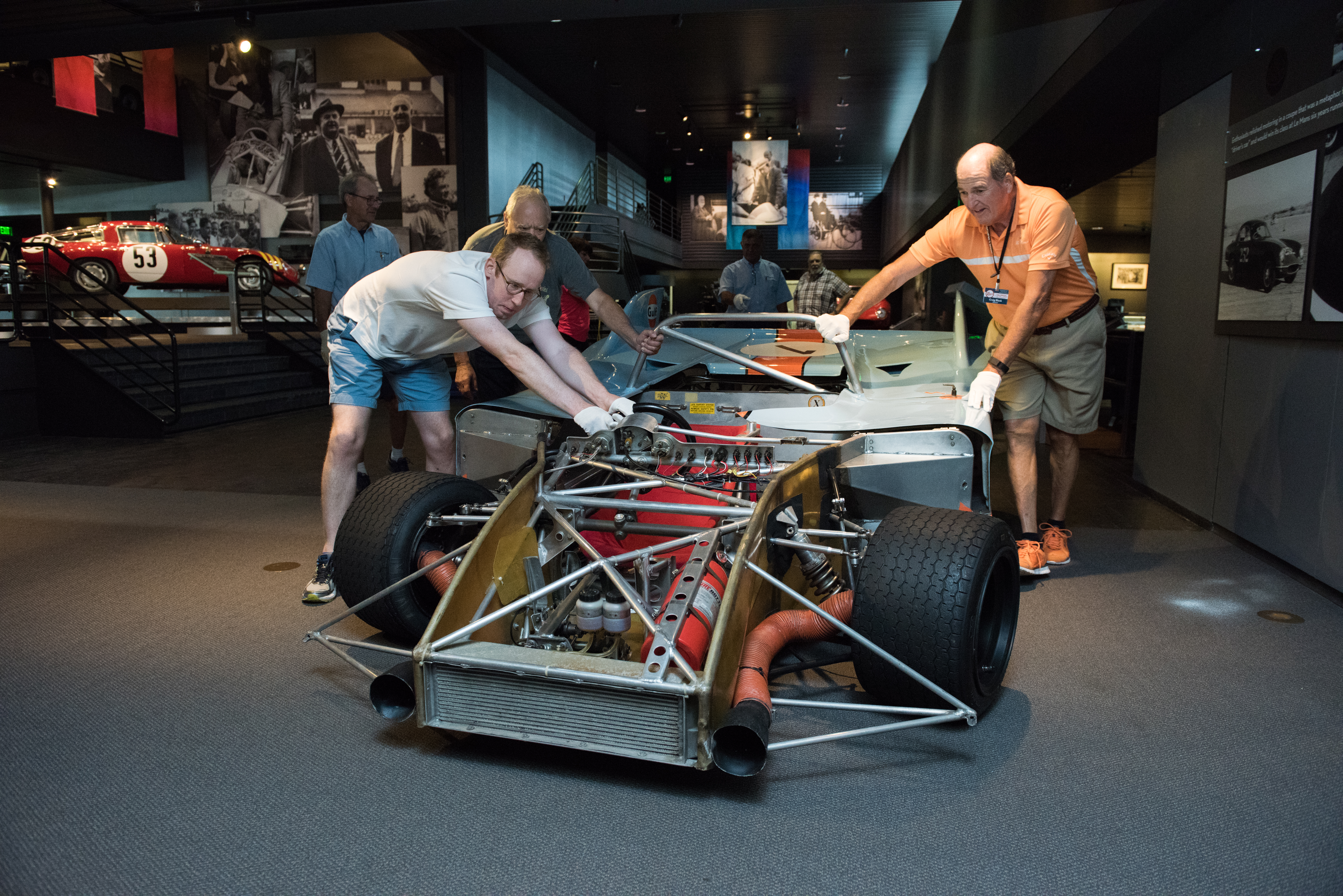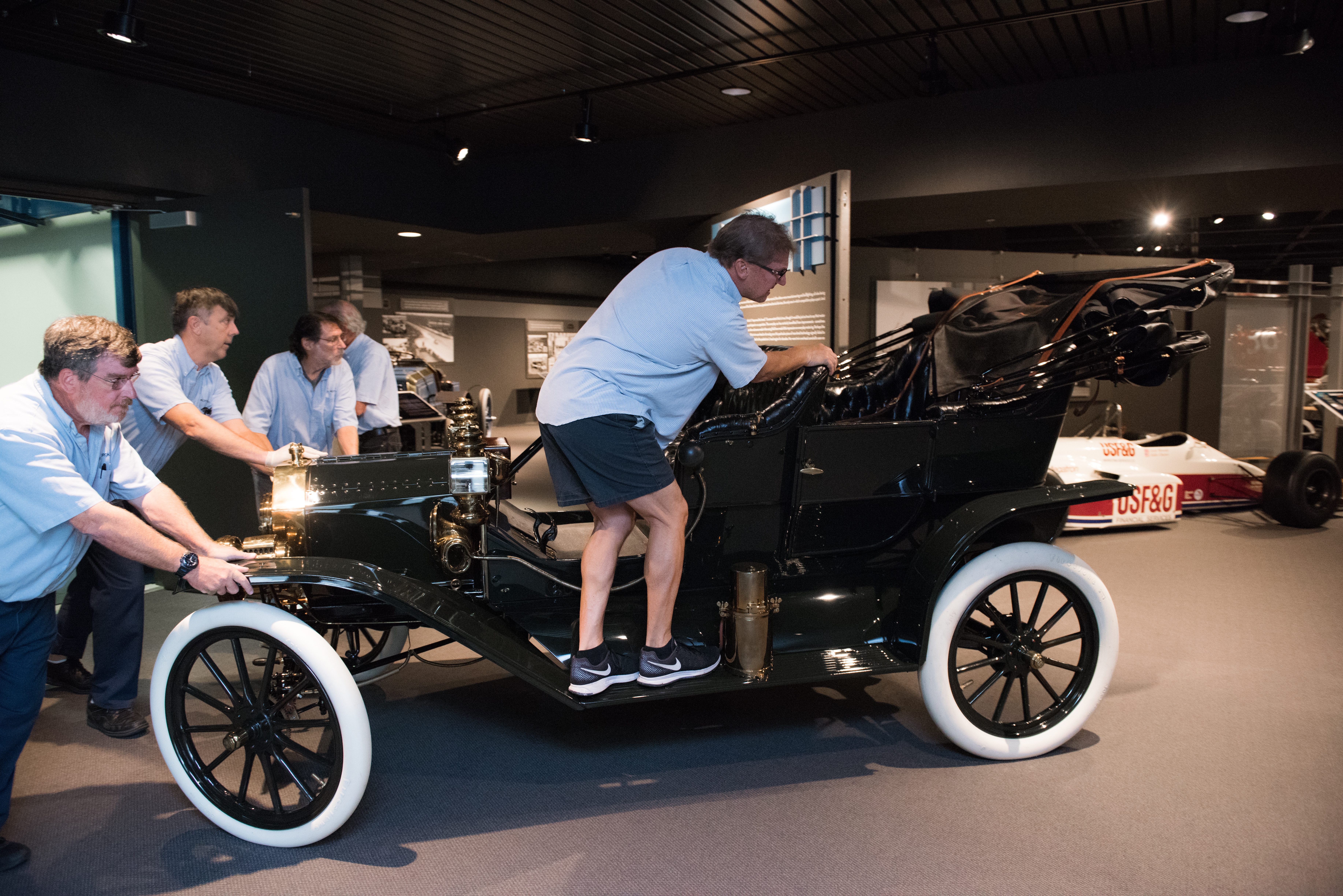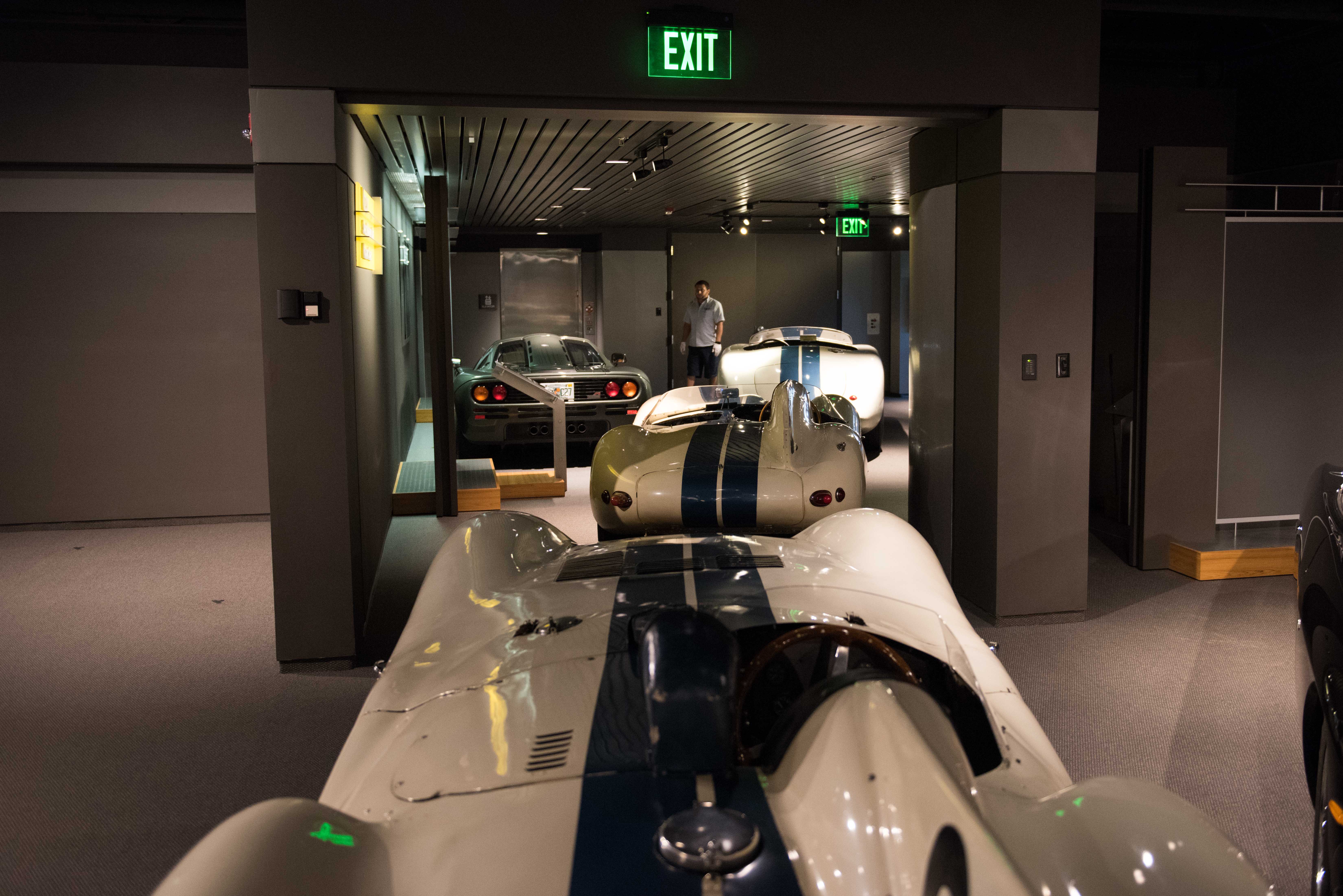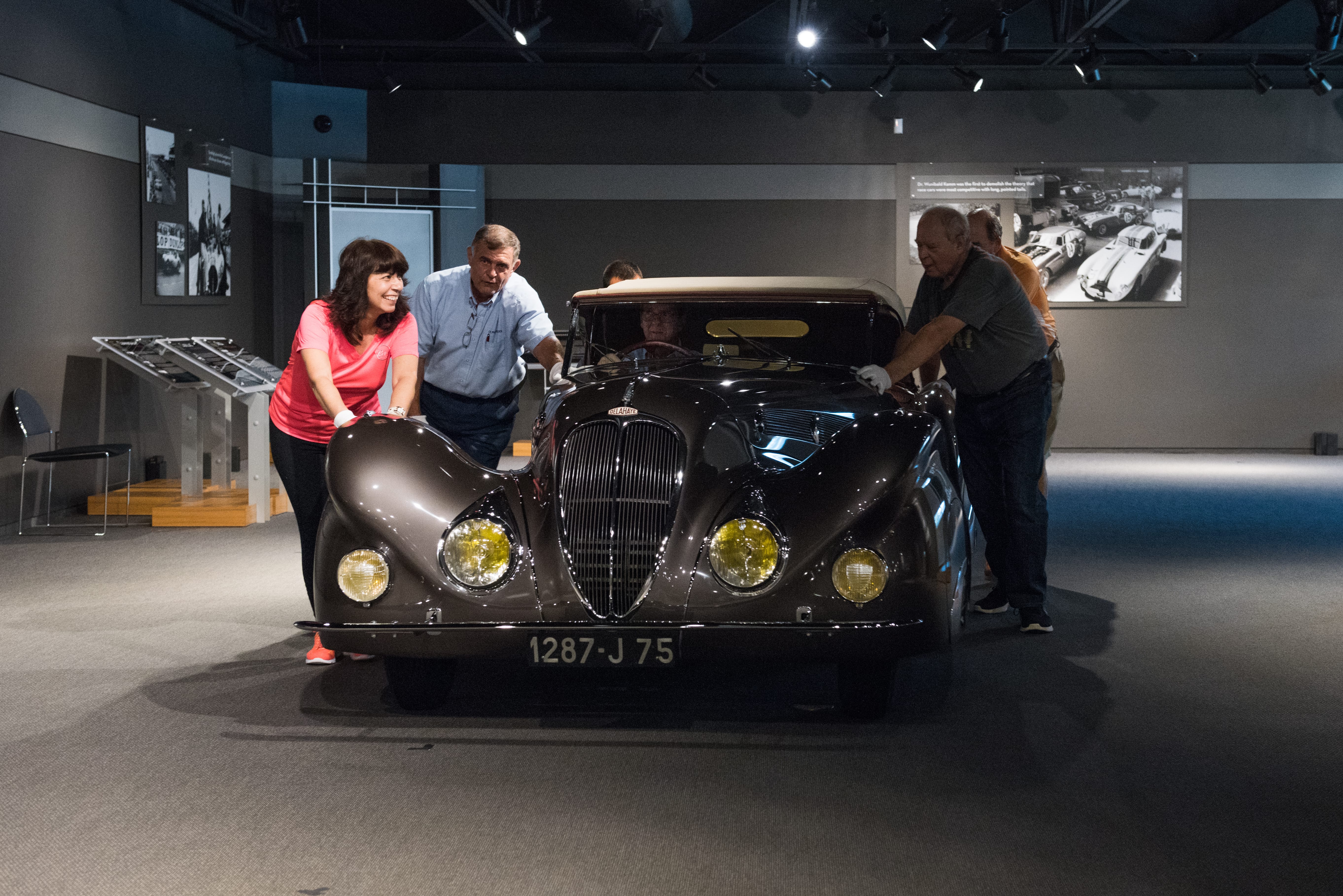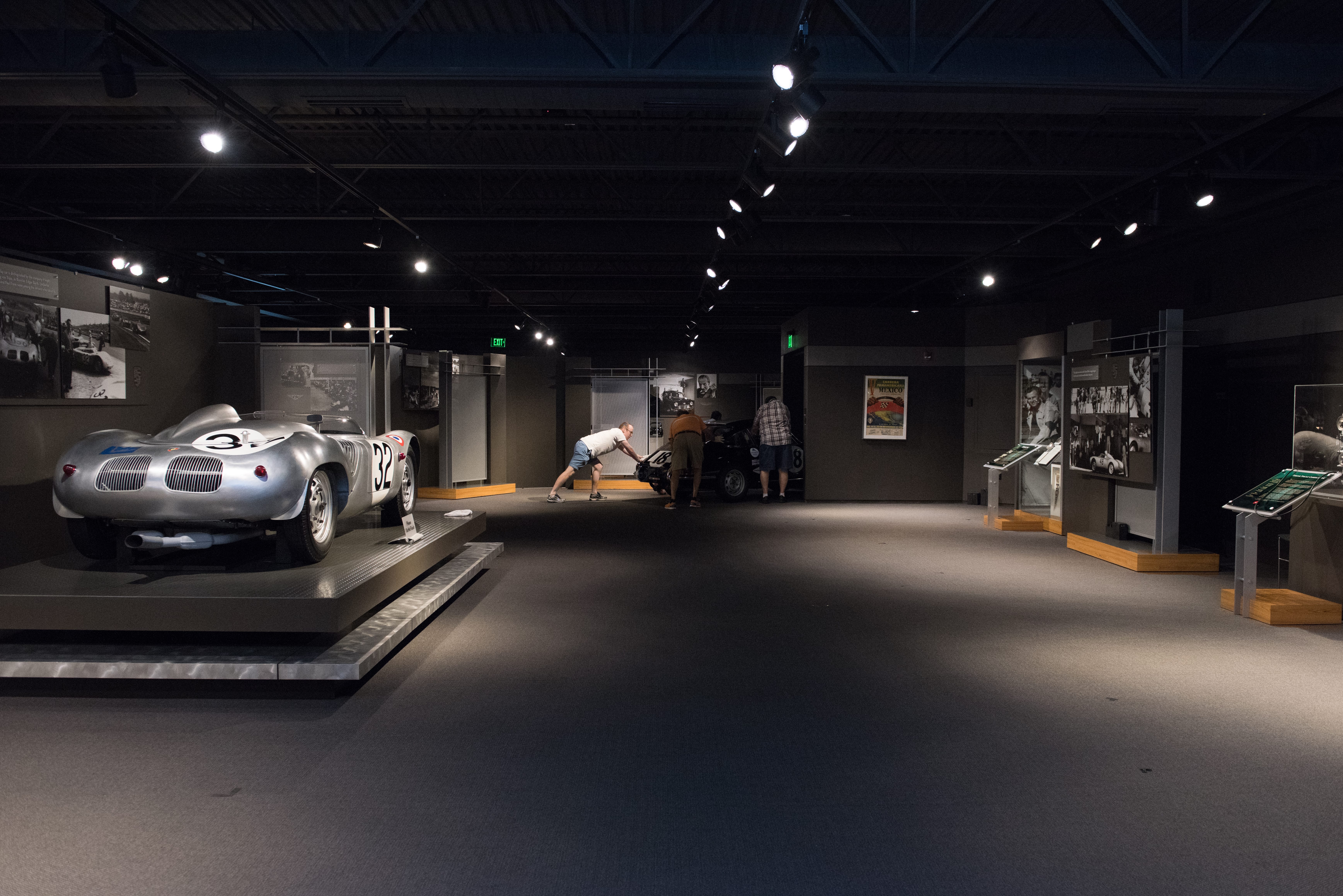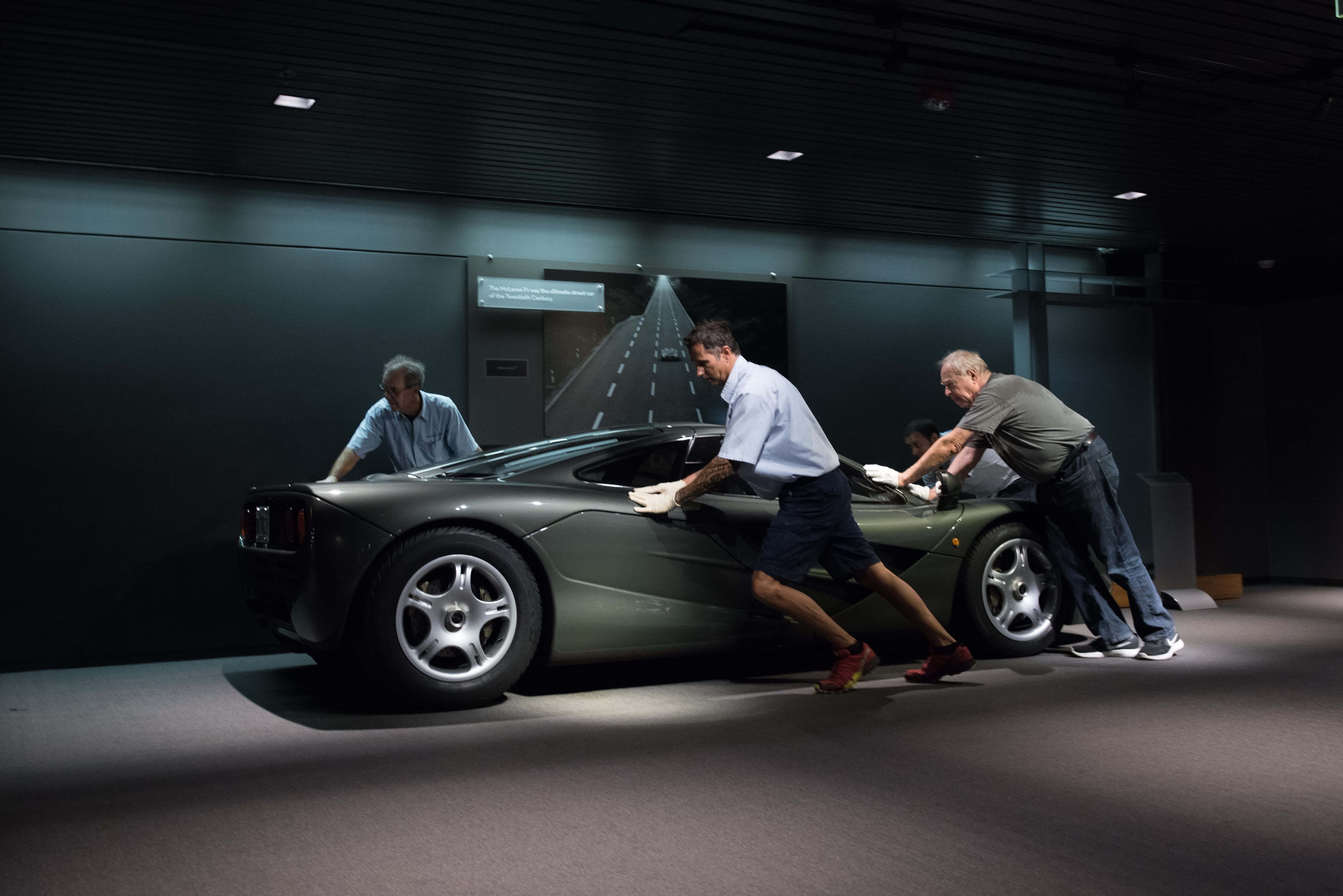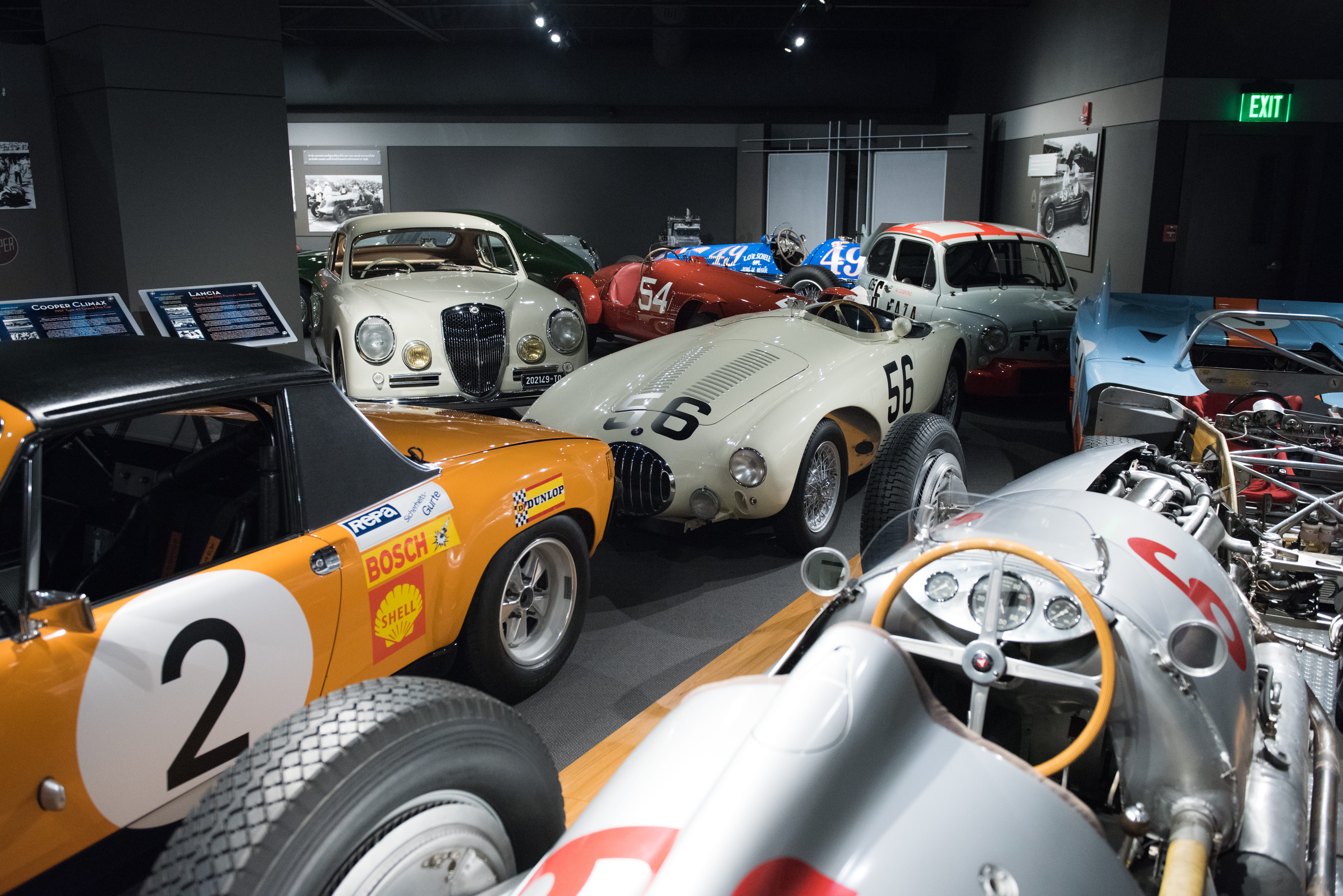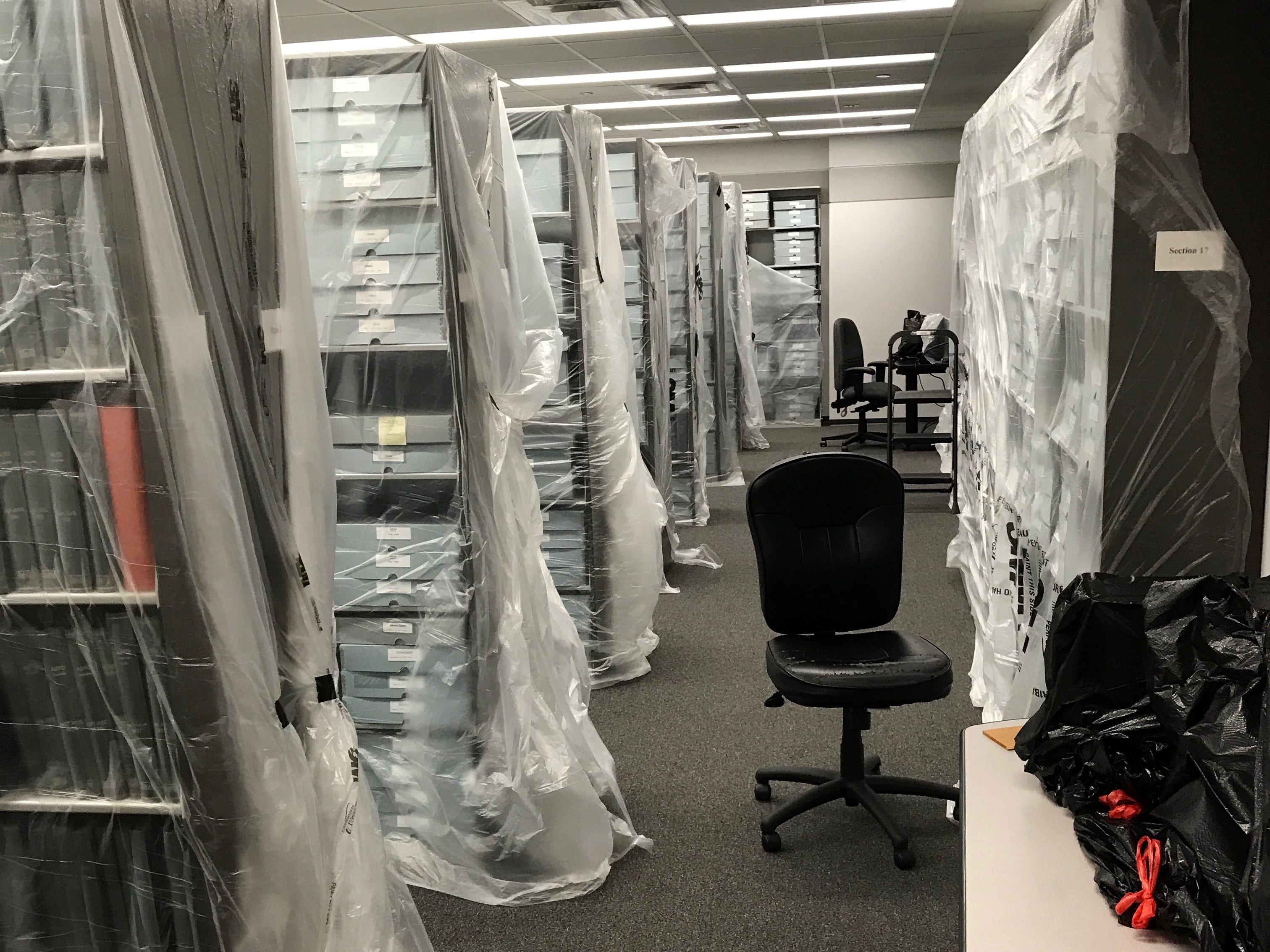Hurricane Irma Update from Revs Institute
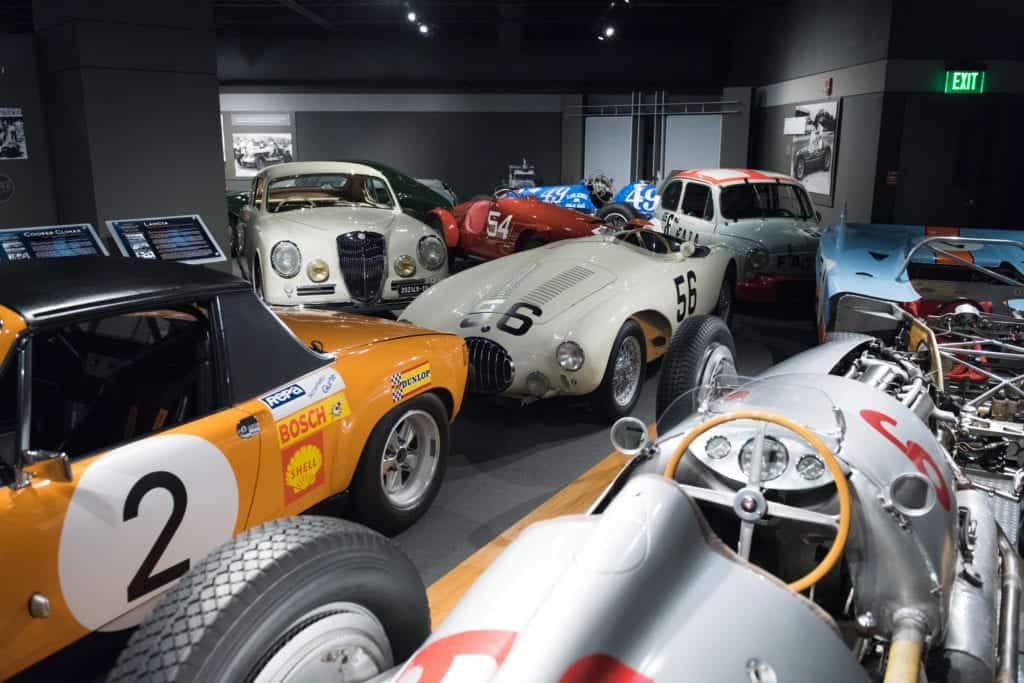
Update: We are happy to report that the cars and the library came through Hurricane Irma unscathed. Most importantly, the Revs staff is safe and sound as well. Our thoughts go out to our community in Naples and everyone in Florida and beyond affected by the storm.
Revs Institute will be closed until further notice. Once the infrastructure in our area is reestablished and our team has had the chance to address their homes and family concerns, we will do our best to have Revs up and running as soon as possible. Check back on our website and Instagram (@therevsinstitute) for updates.
As many people have reached out to us, we’d like to share with you the story behind our hurricane preparations. Revs Institute team began watching the storm closely over Labor Day Weekend and decided then that it would be necessary to implement the museum’s highly detailed hurricane plan. While it had been over a decade since a major storm had hit Southwest Florida, Revs Institute has always taken hurricane preparedness with the utmost seriousness. The institute’s multi-page response plan is closely reviewed and updated every year, and just last week, it was put to the test.
While initial preparations began Tuesday, September 5th, much of our staff was traveling back from Connecticut that day, as Revs Institute had raced its Ford GT-40 in the Lime Rock Historics over Labor Day Weekend. At 8:30am on Wednesday September 6th, 103 hours before Irma would make landfall just 17 miles away on Marco Island, the entire staff and a number of volunteers assembled at Revs Institute to prepare the collections for what was looking to be an increasingly dangerous storm.
The first step of the plan calls for every vehicle on the ground floor of the museum, which is roughly 70 of the 110 total cars in the Collier Collection, to be moved to the second and third stories to get them out of harm’s way should a storm surge reach the well-fortified building. Two teams of eight donned their white gloves and began pushing. The first group was assigned to the ground floor and was responsible for moving the 70 cars one-by-one into the single-vehicle elevator. The second team expertly arranged the cars on the upper stories of the museum like the most expensive possible game of Tetris.
The team started with the most maneuverable vehicles, like the Mini, the Citroen 2CV Sahara and the Trabant, as they would be the easiest to slot into tight corner spaces. Interestingly, the Trabant (pictured above) was the only vehicle that needed a key inserted to unlock the steering wheel, which is an ubiquitous feature in modern cars.
Not every car was as easy to move as a Mini. Some of the racecars, like the 1963 Elva Porsche (pictured above), have a wide turning radius and require specially made low-friction moving pads to slide them through the exit. With a firm push, you could move a car sideways with surprising ease.
Other cars, like the 1958 Scarab Sports-Racer (pictured above), have such thin aluminum bodywork for weight saving on the track that a firm push would actually dent the body. The first step in moving these vehicles was to carefully install wheel dollies to make them more maneuverable.
Then, to actually get the Scarab to the elevator, you could only push in one of three places: the rear bumper, the roll bar, or the stationary wheels sitting in the dollies.
For other vehicles, the team had to get even more creative. In the case of the 1971 Porsche 908/3 Prototype, the team simply unbolted the front half of the body. This made the car easier to steer and it ensured that the fragile, low-slung bodywork wasn’t damaged.
While you don’t really notice it when you look at the car on the museum floor, the Model T actually has highly compromised rear visibility. The team’s workaround was to have one person stand on the running boards to be able to see and steer the car at the same time.
Both teams got so efficient at moving the vehicles that there was often a queue at the slow-but-reliable one car elevator that single-handedly moved every vehicle up to the second and third stories.
While the work was time consuming and tiring, it afforded us a rare chance to get to know the cars in a more intimate way. Even though it wasn’t quite the same as driving one on the road, you do learn something when you steer a car and put your hands on the bodywork. For example, I would not have guessed that the steering in Le Monstre, the enormous 1950 Cadillac Series 61 Le Mans racer, would be noticeably lighter and smoother than the comparable factory bodied Le Mans entrant of the same year. Other cars, like the 1937 Delahaye 135 MS (pictured above), while heavy, could not help but bring a smile to everyone’s face.
It was a bit surreal to see the usually crowded museum galleries empty out. Here the second to last car in the Porsche gallery is finessed through the doorway. The car on the left, a 1959 Porsche 718 RSK Spyder, remained in the exhibit because of its high perch.
According to the detailed hurricane plan, the last vehicle to be moved into place is the McLaren F1. Unsurprisingly, there was no shortage of volunteers willing to pilot the car.
After a full work day, all the cars were in place on the upper floors. It was certainly unusual to see the vehicles parked so close together, with 1930s beauties parked next to 1950s sport cars and 1960s open wheeled racers.
With the lights down low, a walk around the upper floors of the museum felt a bit like exploring Aladdin’s cave.
While perhaps not as glamorous, equally important work was taking place in the library throughout the day as the staff covered every single bookcase in one of the largest automotive research library in the world with waterproof tarp to ensure that no water could possibly come in contact with the rare and in some cases irreplaceable books, photographs and automotive artifacts. Additionally, every computer and desk in the facility was covered with plastic sheeting as well.
After the entire interior of the museum was prepped, the storm shutters were lowered and all exits were caulked and sandbagged as a final measure of protection. With the work done, the staff and volunteers were given Thursday and Friday to prepare their own homes for the hurricane and evacuate as necessary.
The hurricane made a direct hit on Naples and Revs Institute, but Revs Institute stood firm and thankfully, the city and the museum were spared the potentially catastrophic storm surge that had been predicted. Once the storm passed, a small team on site was able to identify a few minor leaks and some repairable damage to the landscaping.
Revs Institute is proud to call Naples home, but living in South Florida means that hurricanes are unavoidable. However, with careful planning, swift execution, and some grace as well, Revs Institute avoided damage, and what we learn from Hurricane Irma will no doubt inform our planning for future hurricanes to ensure that the priceless Collier Collection lives on intact for future generations.
- Photography by Lauren Miles & Scott George

